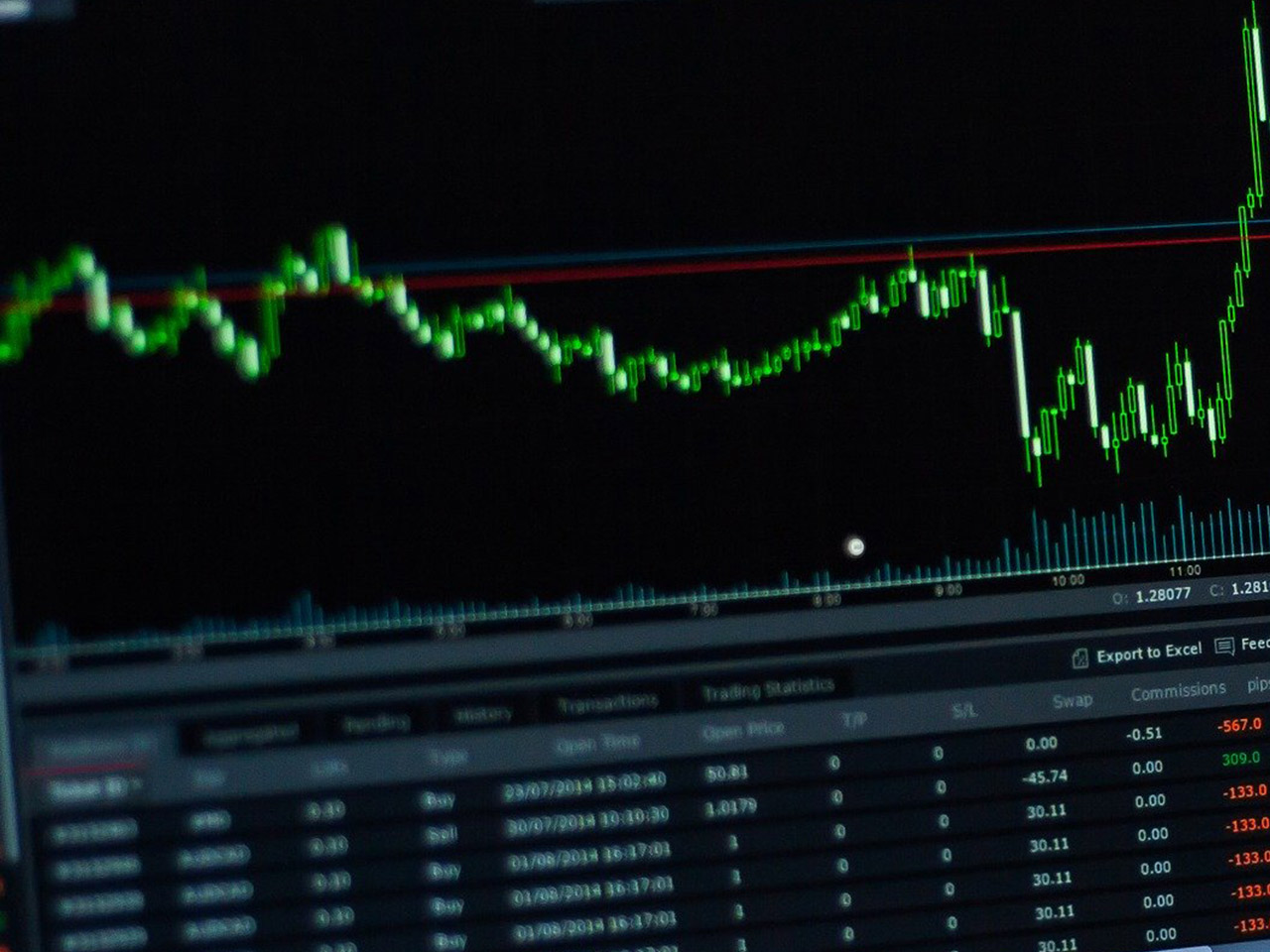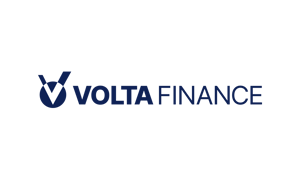Regencell Bioscience Holdings Limited (NASDAQ: RGC), a key player in the healthcare sector, has been making waves with its focus on Traditional Chinese Medicine (TCM) for the treatment of neurocognitive disorders, including attention deficit hyperactivity disorder (ADHD) and autism spectrum disorder (ASD). Headquartered in Causeway Bay, Hong Kong, the company is building its niche in the drug manufacturing industry, specifically in the specialty and generic segments.
Despite its impressive market capitalization of $7.86 billion, RGC currently trades at $15.9 per share, reflecting a minor price change of -0.12 (-0.01%). The stock’s 52-week range is notably broad, from a low of $0.09 to a high of $78.00, showcasing significant volatility—a critical factor for investors to consider.
One of the standout features of Regencell is its valuation metrics, or rather, the lack thereof. With no available P/E ratio, PEG ratio, or price/book ratio, investors are left without traditional benchmarks to assess the company’s valuation. This absence of data could indicate that the company is still in its growth or development phase, focusing on reinvestment and expansion rather than profitability.
Performance metrics further paint a picture of a company in the throes of establishing itself. The lack of revenue growth data and a negative EPS of -0.01 indicate challenges in achieving profitability. Furthermore, a return on equity (ROE) of -47.77% suggests that the company is currently not generating sufficient returns on shareholder investments.
Dividend-seeking investors might look elsewhere, as Regencell offers no dividend yield, maintaining a payout ratio of 0.00%. This decision aligns with a strategy that potentially prioritizes reinvestment in research and development over immediate shareholder returns.
Interestingly, analyst ratings are non-existent for Regencell, with zero buy, hold, or sell recommendations, and no target price range provided. This lack of coverage can mean fewer insights from market analysts, but it also offers speculative investors a unique opportunity to enter the stock before it potentially gains broader attention.
From a technical standpoint, Regencell’s stock is trading above both its 50-day moving average of $15.20 and its 200-day moving average of $10.01, suggesting a positive trend in the short to medium term. The RSI (14) at 50.23 indicates a neutral stance, which neither leans toward an overbought nor oversold condition. The MACD of 0.23 compared to the signal line of 0.58 suggests slight bullish momentum, although this should be interpreted with caution given the stock’s overall volatility.
Regencell’s focus on TCM for neurocognitive disorders places it in a unique position within the healthcare sector. As the global interest in alternative and complementary medicine grows, particularly within Asia, the company’s innovative approach could drive future growth and profitability. However, potential investors should weigh the risks associated with its current financial performance and the volatility of its stock.
For individuals considering an investment in Regencell, the company’s future prospects hinge on its ability to translate its research and development efforts into significant market share and profitability. As with any investment, a thorough analysis of both market conditions and company-specific factors is essential for informed decision-making.






































